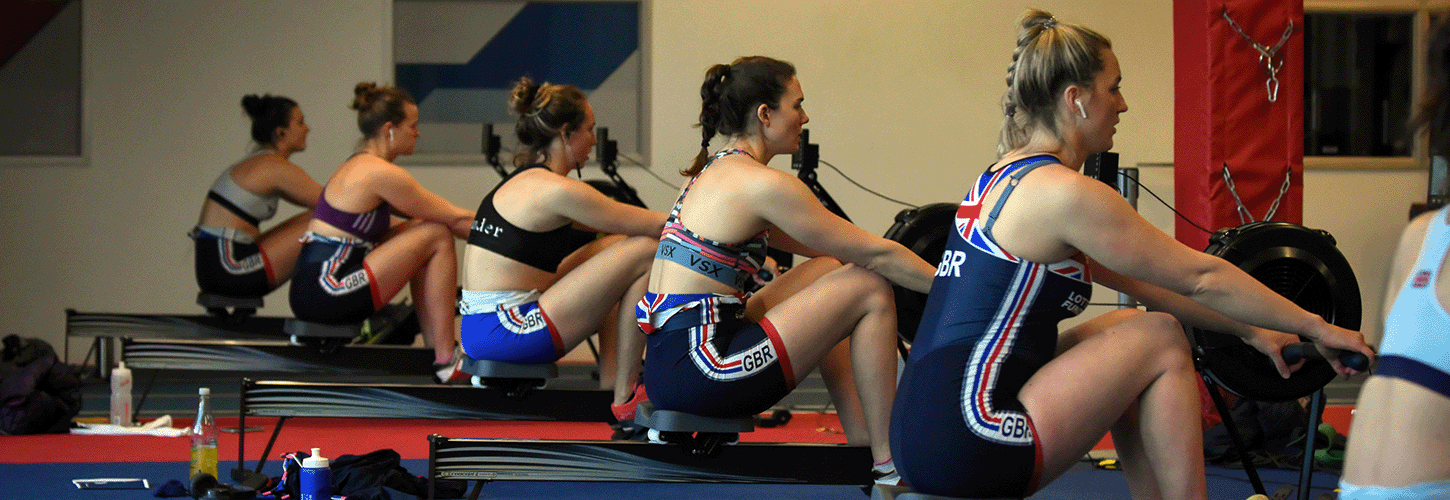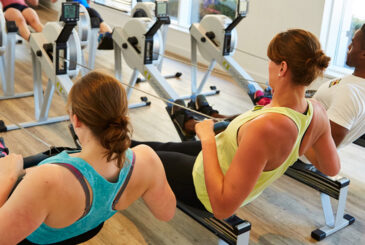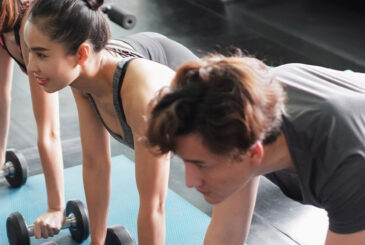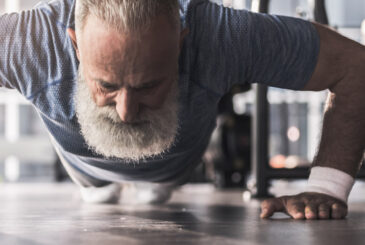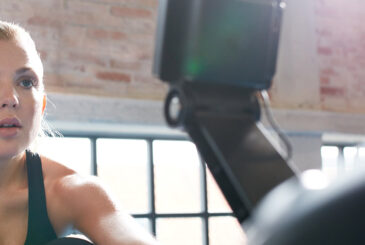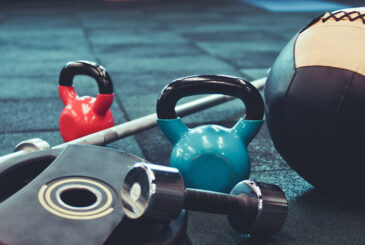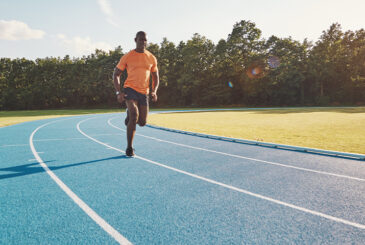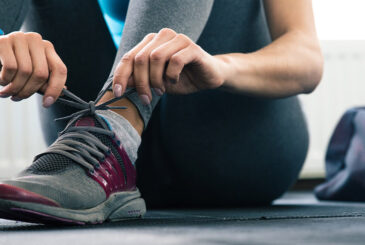Erg tests are a crucial element of any season. They can be part of selection, or just a good way to measure your own progress. Alannah Burdess of Oxford University BC spoke to athletes to get some practical tips on how achieve your best performance.
Fail to prepare, prepare to fail
Planning is crucial, not only when it comes to having a target split but also in terms of psychological preparation. Ella Stadler, an Oxford University Boat Club athlete, said that it is important she has the same routine before every test, “For me, that’s doing my hair in a certain way whilst listening to the same playlist. I have this routine for races and erg tests and think its really important to get into the same race mindset.”
Levin Graf, a former Durham University athlete now training at Leander, echoed Ella’s sentiments about preparation; “having a clear pacing plan that has been supported by prep work is key.”
They both also stressed the importance of a good warm-up that sets the rhythm and increases your confidence in the rate and power you are aiming for.
Get your erg test outfit ready
Practically, it’s important to wear hard shoes to help your leg drive connect to the footplate.
You can also choose to adopt an exaggerated lean back position, which according to Levin is “generally effective as it allows you to produce more watts for a long stroke rate through the use of body weight” though he says that this does depend on the test erg in question as it can be sacrificed to hit higher rates.
Clothing is obviously less important – most people opt for a rolled-down all-in-one, perhaps paired with a performance t-shirt. Some find emulating race day – with performance kit rolled up – can give them a little competitive boost.
Coping with the strain
Unfortunately, there’s no denying that erg tests are painful. You’re pushing yourself mentally and physically to achieve the best possible result. So, how should you cope with the apprehension of pain that often comes hand in hand with testing? Put simply, view it as “an opportunity to test your body and to just take the emotion out of it,” according to Ella. “Taking the emotion out of testing makes it a lot simpler both before, during and after the test.”
Music or not?
There’s no shortage of erg playlists out there, so does that mean that music should be a key part of your test? Many athletes do choose to listen to music throughout the test, although Ella countered, “I think it’s important to have tests without music if it is testing race length, for example a 5k for the Boat Race or a 2k for summer racing.” Without music you can better concentrate on your race plan for that distance.
Erg test sport science
Check out our articles on race tactics based on the physiology of 2k and the physiology of 5k races, and an interesting review of pacing strategies for 2k erg tests.
Music can be a helpful way to avoid distractions around you, though. Erg tests often occur in busy gyms, athletes testing side by side with coaches, coxes and teammates looking on. Coping with distractions can be difficult, but Ella recommends counting strokes, “Ten strokes at a time… having a goal for each chunk is super helpful, so ten on the rate, ten on the watts, ten on the split and so on.” You could also think about a specific element of the drive phase for each block of strokes; legs, hips and body swing, shoulders and arms.
And finally…
The most important thing about an erg test not to do is stop. “Psychologically, it is extremely hard to come back from a session where you’ve stopped. Completing a session, regardless of what split you finish at, is so important for your psyche, going into the next time you test, and your squad’s attitude to you.”
Ella also recommends being careful with caffeine intake and not eating too close to the test. Levin, from his time as a junior, advocates “not to neglect the little things. Mobility and core are the things that build a wide foundation and prevent injury, which in turn allow the continuous development and training without hinderance through injury.”


